Can someone help identify this issue *new symptoms*
LauraLG Z5b-NwPA
last year
last modified: last year
Featured Answer
Comments (43)
dianela7analabama
last yearRelated Discussions
Can someone help me identify this bamboo?
Comments (16)See, thats the "bizarre" part of this. We just purchased this house 2 months ago. The previous owners lived here for about 18 years. Our neighbor planted this in OUR yard (of course it wasn't our yard 15 years ago). Who the heck knows why? I can't even imagine taking one of our indoor potted invasive plants & popping over next door to plant it-lol! The thing is, he's proud of how well it has grown? We'll be putting a fence up in another couple of weeks. So, he'll have to hop the fence to plant the poison oak he's got clippings of:-) May I ask you a question about where to put it? Our house is on a crawl space. I was thinking of putting a clump of it in a shady spot right up against the house & the deck. I'll keep it in check by chopping the rhizomes, as you mentioned. However, if they go under the house (into the crawl) or under the deck, will that be a problem? There is absolutely no light under the crawl & almost completely dark under the deck. Will the plant naturally "not" grow in those areas? I don't want to create a bigger problem. I'm also going to offer the rest up on freecycle or the va board here at gardenweb (free for the digging). Do you think people would want this? Any transplant issues I should know about? Thanks so much....See MoreCan someone help me with my tomato leaf curl issue?
Comments (5)The crucial point in your other post was that this plant was supposedly "several months old" (so it is really approx. 1 1/2 to 2 months old, correct?) and only "18 inches tall". That is the real problem I fear. A Celebrity, even tho it is a semi-determinate variety, that is even 2 months old should be much bigger plant - at least 3 feet tall. This is especially true with all the feeding you have given it. Now I see the problem. (1) Compacted soil - it sounds like you didn't use a soil-less potting mix but maybe used Miracle Grow Garden Soil for Vegetables. Correct? It is not intended for use in containers. And (2) no holes for drainage in the container so the water "collects in the bottom", correct? Size of the container - if it is a 5-7 gallon should be fairly ok but the combination of poorly draining soil and water collecting in the bottom of the pot which causes root rot may explain the small size. And the very stressed plant with the high temps explains the blossom drop. My suggestion would be to find a bigger container that has room for you to add some good quality soil-less mix to and still have room for this plant and then transplant this plant into it. Make sure it has drain holes in it. I'd pinch off all or most of the current blooms - they aren't going to amount to anything anyway so no loss - and keep it in the shade for 3-4 days. I think you should see a marked improvement in the plant within that time. Keep the plant alive and healthy until the air temps cool and you'll get some fruit set. I hope this helps get you some tomatoes. Dave...See MoreCan someone help me identify my grass? - Hickory, NC
Comments (8)If you want pure fescue, you'd have to renovate. Personally, I don't see any need to do so as that can be a very nice lawn if you work on it a bit. >>What about the yard leads you to believe it's low on resources? I did have the soil pH tested which came out at about 6.8-7. I know the yard was limed a year or so ago. And no doubt it needs feeding from what I understand of the previous owners maintenance routine The slight patchiness, the inconsistent colors, and the differential in growth rates still apparent from late fall. There are more subtle signals like the way the grass' blades spread that point to issues with lesser nutrients and micro-nutrients in your soil. None of that is assured, but it's an indicator that you should have this soil tested and then rebalance it properly--don't blindly throw lime or anything else (other than nitrogen or organic feeding) at a lawn or garden. Improperly balancing the resources is worse than being too low on some as resources compete with each other. Overdoing calcium would, for instance, block absorption of phosphorus, potassium, and most minor elements. >>I was thinking I had a good enough base to overseed with fescue or KBG/fescue mix without having to completely kill off the lawn. Would you agree or disagree if I am wanting to go with that grass choice? Partial disagreement. Everybody tries to get around the soil test, at least until they see photos of lawns that have had them done, fixed any issues, and then used proper care techniques otherwise. Even cheap, builder's grade lawns look fantastic. Properly chosen seed for the locale stops passing cars to admire the greenery. There are few existing lawns that can't be rescued to become extremely impressive. But if you have your heart set on one particular grass type, a full renovation is going to be the only way to achieve that. Since it can't be done until late summer, that gives you the rest of spring and summer to fix any soil problems....See MoreHelp Identify cause of this cucumber leaf symptom
Comments (4)First, I would suggest a very thorough inspection of the underside of the leaves for pests - specifically aphids or spider mites. Second the leaf on the bottom of the second photo shows possible symptoms of powdery mildew (white dusty surface) so Google photos of 'powdery mildew on cucumber' to compare to your plants and then follow the instructions for treatment. Dave...See Morestrawchicago z5
last yearlast modified: last yeardianela7analabama
last yearlast modified: last yearLauraLG Z5b-NwPA
last yeardianela7analabama
last yearLauraLG Z5b-NwPA
last yearMoses, Pittsburgh, W. PA., zone 5/6, USA
last yearlast modified: last yearLauraLG Z5b-NwPA thanked Moses, Pittsburgh, W. PA., zone 5/6, USALauraLG Z5b-NwPA
last yearDiane Brakefield
last yearLauraLG Z5b-NwPA
last yearDiane Brakefield
last yearDiane Brakefield
last yearDiane Brakefield
last yearstrawchicago z5
last yearlast modified: last yearLauraLG Z5b-NwPA
last yearMoses, Pittsburgh, W. PA., zone 5/6, USA
last yearlast modified: last yearLauraLG Z5b-NwPA thanked Moses, Pittsburgh, W. PA., zone 5/6, USALauraLG Z5b-NwPA
last yearLauraLG Z5b-NwPA
last yearLauraLG Z5b-NwPA
last yearLauraLG Z5b-NwPA
last yearLauraLG Z5b-NwPA
last yearLauraLG Z5b-NwPA
last yearLauraLG Z5b-NwPA
last yearLauraLG Z5b-NwPA
last yearKittyNYz6
last yearKittyNYz6
last yearlast modified: last yearstrawchicago z5
last yearlast modified: last yearKittyNYz6
last yearlast modified: last yearstrawchicago z5
last yearlast modified: last yearKittyNYz6
last yearlast modified: last yearstrawchicago z5
last yearlast modified: last year
Related Stories

MOST POPULAR9 Real Ways You Can Help After a House Fire
Suggestions from someone who lost her home to fire — and experienced the staggering generosity of community
Full Story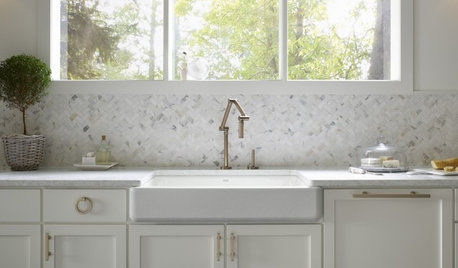
GREAT HOME PROJECTSHow to Identify and Fix Plumbing Issues
Whether minor drips or major leaks, when water starts flowing, it’s time to call in a pro
Full Story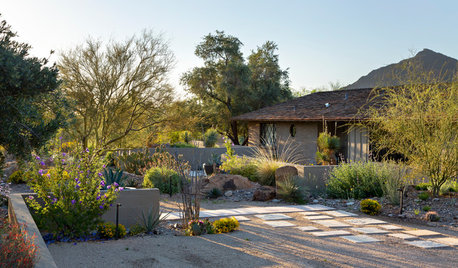
LANDSCAPE DESIGNFire-Wise Landscapes Can Help Keep Your Home and Property Safe
Choose fire-resistant plants and materials and create defensible areas using these design strategies
Full Story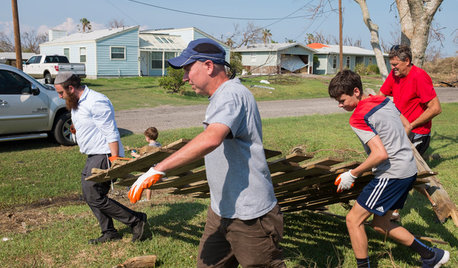
DISASTER PREP & RECOVERYHurricane Harvey: How You Can Help
Want to donate or volunteer to aid victims of the storm? Here are groups assisting with disaster relief and recovery
Full Story
EVENTSLook What Tile Can Do Now: 9 Versatile New Finishes
See exciting new stoneware looks from Italy’s big ceramic tile and bath show
Full Story
LATEST NEWS FOR PROFESSIONALSDesigners Share 4 Ways Builders Can Help Deliver Great Work
Architects and interior designers on Houzz offer tips on how contractors can help residential projects run smoothly
Full Story
REMODELING GUIDESAsk an Architect: How Can I Carve Out a New Room Without Adding On?
When it comes to creating extra room, a mezzanine or loft level can be your best friend
Full Story
COLORHow Color Can Help You Stay Organized
This simple trick goes a long way toward helping everyone in the household quickly find stuff — no labels required
Full Story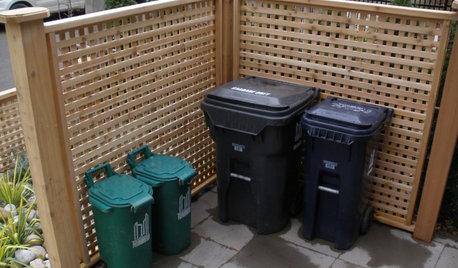
THE POLITE HOUSEThe Polite House: What Can I Do About My Neighbors’ Trash Cans?
If you’re tired of staring at unsightly garbage way before pickup day, it’s time to have some tough conversations
Full Story
DECORATING GUIDESCould a Mission Statement Help Your House?
Identify your home’s purpose and style to make everything from choosing paint colors to buying a new home easier
Full StorySponsored
Columbus Area's Luxury Design Build Firm | 17x Best of Houzz Winner!




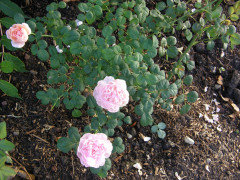

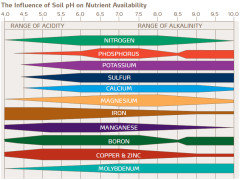
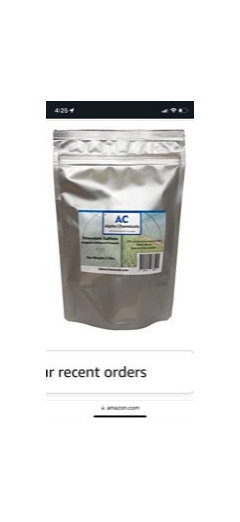
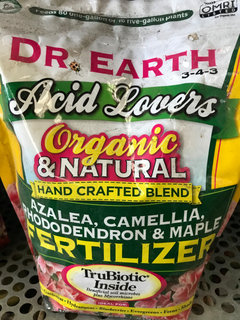
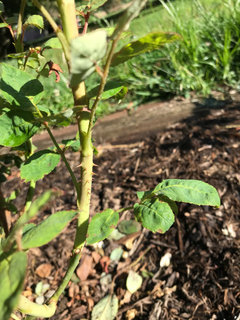
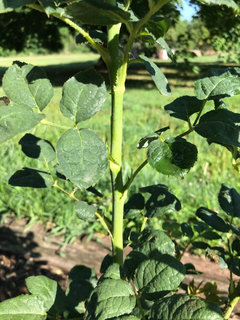

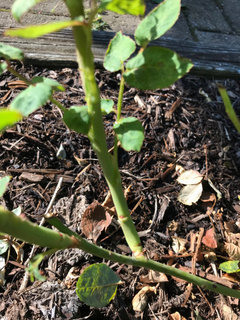
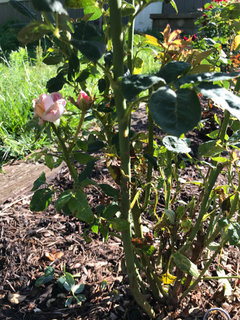
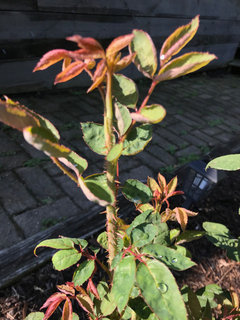

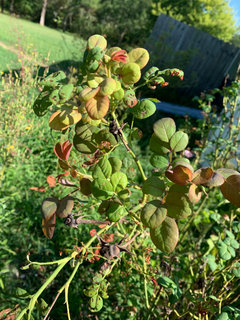

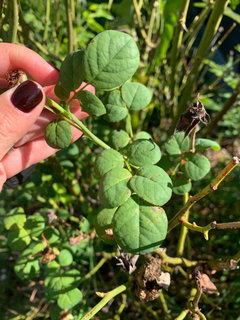

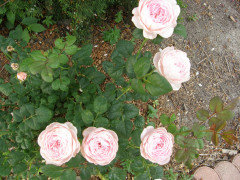
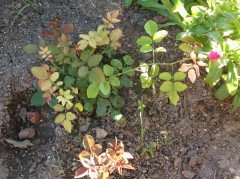
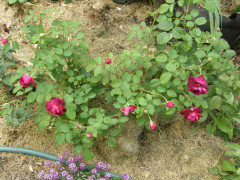


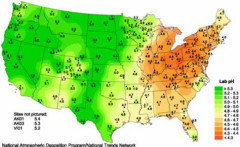
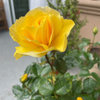


strawchicago z5